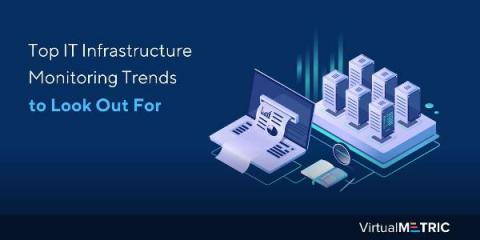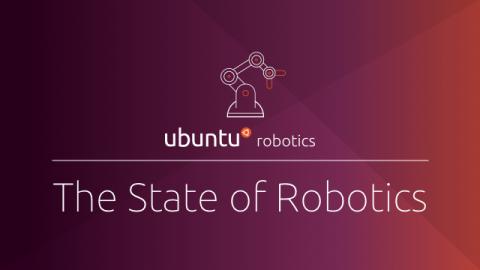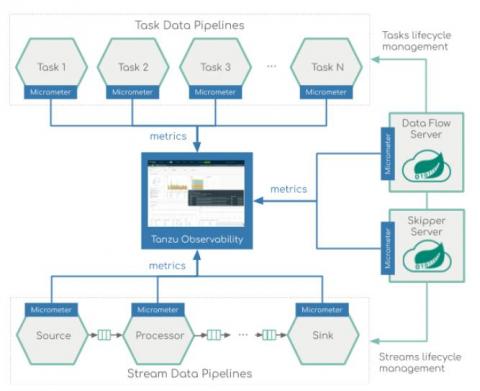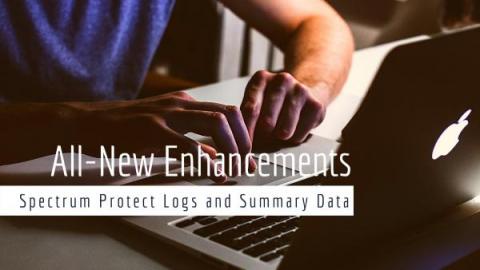Top IT Infrastructure Monitoring Trends to Look Out For
IT Infrastructure Monitoring has evolved beyond imagination over the last decade and continues to, courtesy of new technology. It’s not focused on IT elements anymore, as Infrastructure & Operations (I&O) is becoming more business-centric. That also gives rise to challenges for IT leaders who need to adapt at a quick pace. It’s not news that infrastructure monitoring is extremely important for the health of any enterprise.











